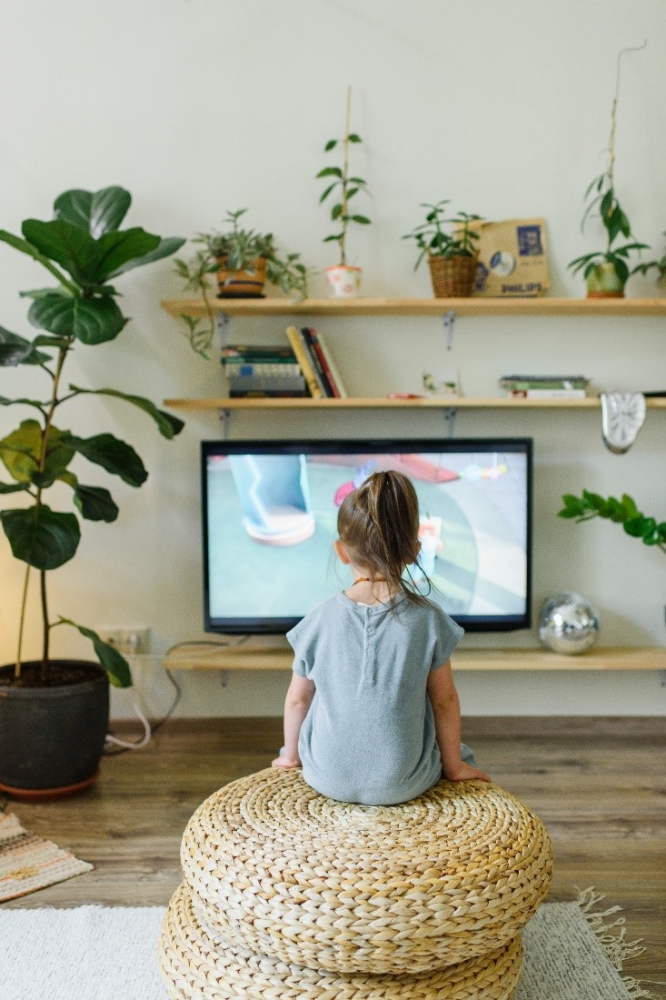From this post you'll learn what are the rules for creating news programming for children and you’ll find some good examples from the world.
 Photo: pexels.com
Photo: pexels.com
In the context of increased media coverage and the rise of the importance of internet and social media in daily life, minors receive a depiction of world events similar to adults, but their developing cognitive abilities often prevent them from processing it, and in certain cases may even cause anxiety. The Children's News format is meant as a child-friendly way of providing cultural and public information to minors, tailored to their needs, and thus contributing to their healthy development.
The BBC news progarmme for children "Newsround" has been a core element of British public service broadcasting since 1972, making it the longest-running children's news programme in the world. The format was an inspiration for, among others, the German ZDF news programme “logo!” which debuted in 1988. The primary aim of “Newsround” and “logo!” is to inform children in an interesting and easy-to-understand way about what is happening in the world, offer them the news that is relevant to them and to explain complex issues in the possibly simplest way. Compared to adult news programmes, children's news editors need to be particularly mindful when it comes to the way they put together their programmes, bearing in mind the characteristics of the age group they’re targeting.
News, entertainment and dealing with taboos
Being aware of children's specific information needs and limits when it comes to their ability to concentrate and process information, editors pay special attention to the nature, order and proportion of the news items in each programme. The topics are chosen according to whether children are directly affected by the problem itself or its consequences, whether the topic is currently dominating the public debate and whether it is of interest to children. Following these guidelines, it is difficult to find taboo subjects that should not be broadcasted provided they are carefully framed. However, the order of presenting the serious news items and their depth is important. The editors of “Newsround” and “logo!” place great emphasis on keeping the balance between news and entertainment, with more serious news presented at the beginning of the programme and lighter, more entertaining topics being left at the end. In contrast to adult news, the children’s news programme makers put events in the context the audience needs, highlighting the connections, causes and consequences.
Visuals, stories - simple, but not simplified
In addition to the content of the programmes, the defining stylistic features of children's news programmes are the language used, and the graphics. The editors aim to use simple, concise sentences, child-friendly terminology, avoid jargon and sensationalist expressions. In order to make serious topics and complex political issues accessible and interesting for the target audience, they try to make the topics accessible by putting a question and guiding them along the way. Simple metaphors, stories presenting the background of the topic and creating clear links between the impact of particular political decisions on the children’s personal lives, can make a big difference when it comes to the reception of the news and children’s ability to digest it. Through interviews, opinion pieces and personal stories, the children themselves are regular participants in “Newsround” and “logo!”, which allows the young viewers to identify with the programme to a certain degree.
Graphics and animated characters can be used to help explain certain concepts and make them accessible to younger audiences, entertain children and focus their attention on chosen essential elements. For example, “logo!” uses animated characters in explainer videos to present and explain the news. Thanks to that format, even the more negative ones can be presented in a safe and non-threatening way. Real-life images and footage may be included in programmes after careful consideration of their impact on children, after consultation with professionals. The editorial team avoids any images that could cause bad associations or install fear in the target group.
The continuing popularity and success of the English and German children's news formats shows that this is not just a “media positivist” approach to children's public information. These practices show that it is possible to inform minors about the current events, even complex political, economic and social issues in a way that is effective and does not pose any psychological damage.
For more examples of these good practices see:
https://www.bbc.co.uk/newsround
https://www.zdf.de/kinder/logo
Author: Mertek Media Monitor
Background illustration: Photo by Ksenia Chernaya from Pexels / Pexels license